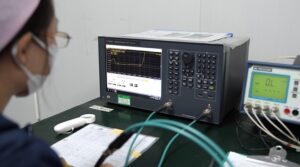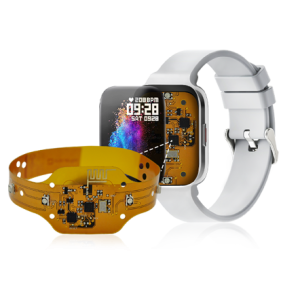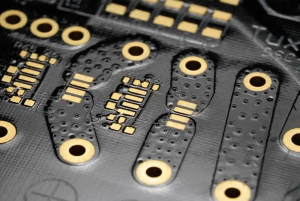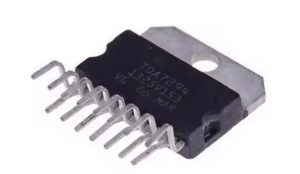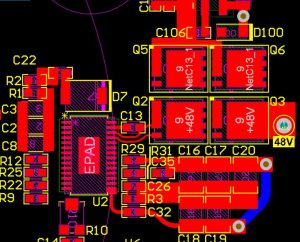PCB assembly is the process of combining a circuit board with other electronic components (such as connectors, housings, heat sinks, etc.) to embed into a final product. This process is a key step in the production of electronic equipment. Its main function is to provide a platform for electronic components to work together in a coordinated manner so that the equipment can perform its intended tasks.
What is the standard for PCB assembly?
The standards for PCB assembly mainly include PCB panel specifications, ISO standards, IPC standards, JEDEC standards, and ROHS standards.
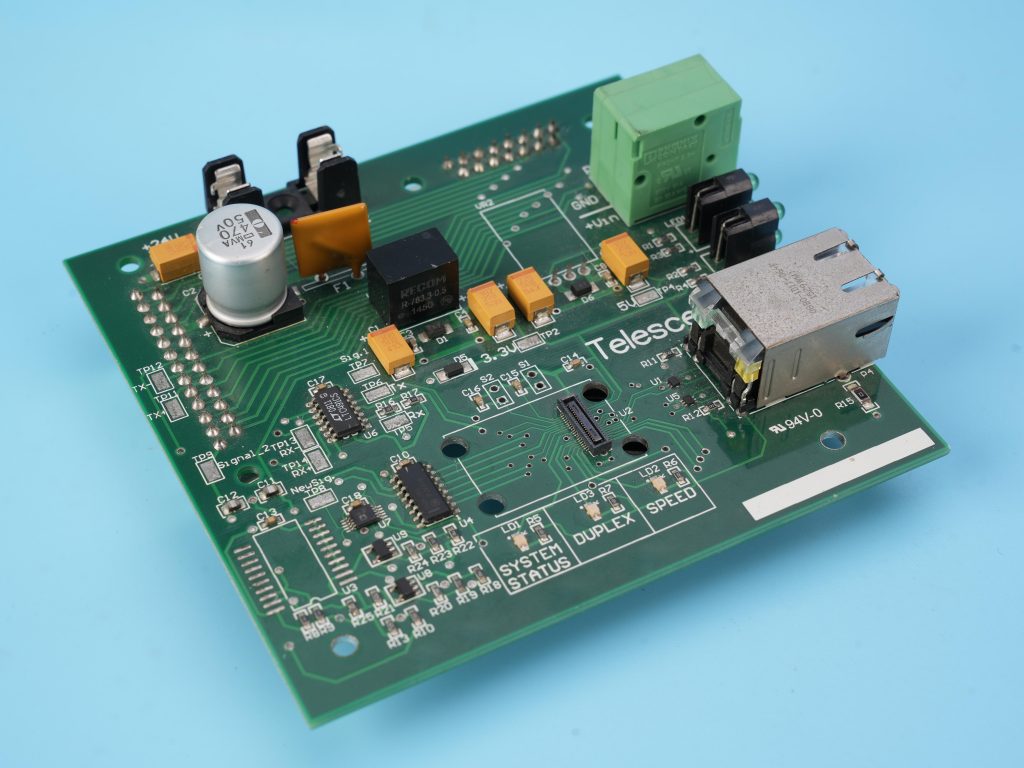
PCB panel specifications involve the width, shape, frame design, center distance between small boards, setting of positioning holes, arrangement of reference symbols, and positioning of large components of the panel. The panel frame should adopt a closed-loop design to ensure that the panel is fixed on the fixture without deformation.
ISO standards emphasize key factors such as fit tolerance, surface roughness, contact area, and tightening force in PCB tight-fit installation to ensure the accuracy and stability of installation.
IPC standards include IPC-7711 and IPC-A-600E, the former provides basic recommendations and guidelines for the design and manufacture of printed boards, and the latter provides acceptable conditions and practice guidelines for printed boards.
JEDEC standards provide specifications for circuit board materials, dimensions, interfaces, etc., including material selection, dimension design, interface specifications, test methods and quality assurance.
ROHS standard is a directive on the restriction of the use of hazardous substances, aimed at reducing the impact on the environment and human health. It stipulates the use restrictions of hazardous substances such as lead, mercury, cadmium, hexavalent chromium, polybrominated biphenyls and polybrominated diphenyl ethers.
Compliance with these standards ensures the quality, safety and environmental friendliness of PCB products, and also provides clear guidance and specifications for the design, manufacture and assembly of PCBs.
Why is PCB assembly so expensive?
The high cost of PCB assembly is mainly due to the combined influence of multiple factors.
First, the production cost of PCB boards is affected by materials, design and manufacturing complexity, precision and quality, and supply chain and regional differences. PCB boards are mainly made of materials such as copper, fiberglass and epoxy resin, and the cost of these materials directly affects the price of PCB boards.
The complexity of the design and manufacturing process, including pre-processing, image transfer, electroplating, etching, inspection and trimming, and post-processing, requires precise tools and professional skills, which will also be reflected in the cost. High-precision PCB boards require higher manufacturing costs because they require more precise tools and more stringent manufacturing processes.
Details in the PCB assembly process, layer selection, and the application of HDI technology will all have an impact on the cost. Every small change may cause the cost to plummet, so if you want to save money without losing performance, you need to consider these factors comprehensively.
In addition, the welding process is also a costly link. Soldering is a key step in fixing electronic components to PCBs. This process requires heating each joint separately for welding, which is a slow and laborious process.
Finally, the price of PCBs is also affected by factors such as materials, surface processing, design standards, copper foil thickness, quality acceptance standards, and mold fees and test frames. For example, different materials, surface processing, and copper foil thickness will lead to price differences.
In summary, the high cost of PCB assembly is mainly due to the combined effect of multiple factors such as material cost, manufacturing complexity, precision and quality requirements, production needs, and specific design and quality requirements.
What does PCB stand for?
PCB stands for Printed Circuit Board.
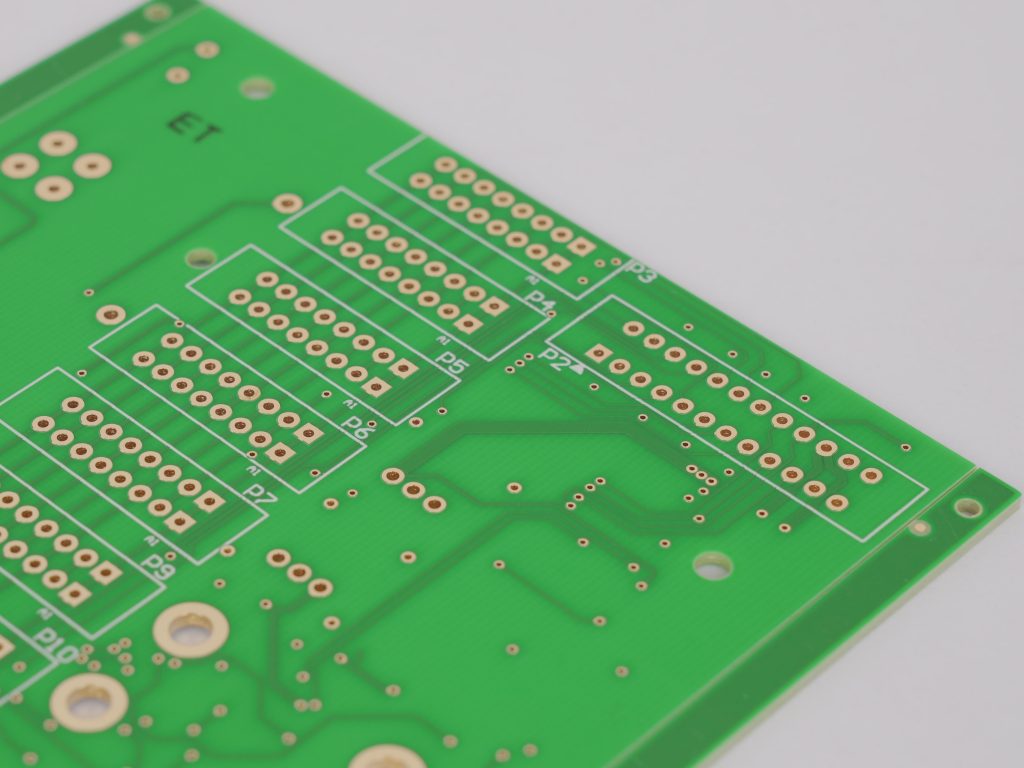
Printed circuit board (PCB), also known as printed circuit board, is an indispensable component in electronic engineering. It is the support of electronic components and also the carrier of electrical connection of electronic components.
Printed circuit boards are widely used in various electronic devices. Printed circuit boards can be divided into single-sided boards, double-sided boards, multi-layer boards, etc. according to the number of layers of circuit boards. Among them, multi-layer boards refer to printed boards with more than two layers. It consists of connecting wires on several layers of insulating substrates and pads for assembling and welding electronic components. It has the function of conducting each layer of circuits and insulating each other.
The wide application of printed circuit boards makes it possible to miniaturize and visualize the circuits of electronic devices, which plays an important role in the mass production of fixed circuits and optimizing the layout of electrical appliances. This type of circuit board uses polyimide or polyester film as the substrate, and has the characteristics of high wiring density, light weight, thin thickness and good bendability.
What is the difference between PCB and PCBA?
The main difference between PCB and PCBA lies in their definition, function, application and manufacturing process.
Definition:
PCB (printed circuit board) is a basic electronic component made by electronic printing, mainly used as a support for electronic components, and does not contain any active or passive components.
PCBA (printed circuit board assembly) is a circuit board assembly with specific functions formed by soldering electronic components to PCB through processes such as SMT (surface mount technology) or THT (through-hole mounting technology). PCBA contains PCB and all necessary electronic components, which work together to realize the preset functions of the circuit board.
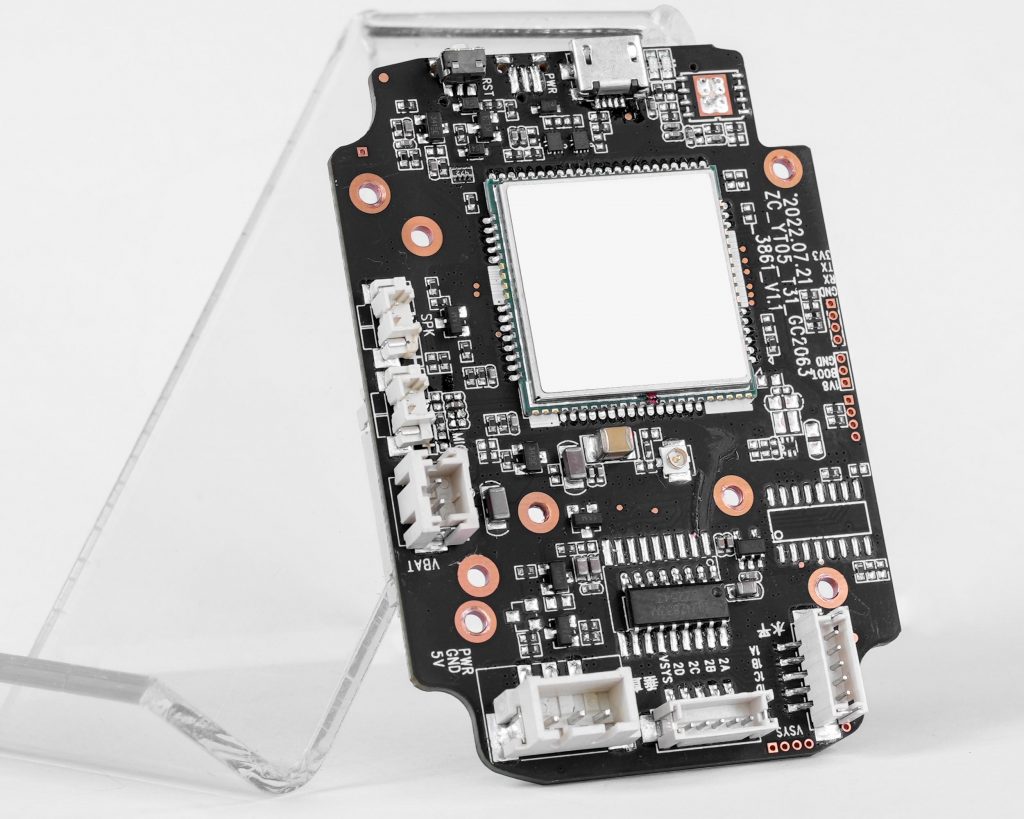
Function and application:
The main function of PCB is to support and connect electronic components, while PCBA integrates electronic components into a complete circuit system, which can be used in the manufacture of various electronic products.
PCBA is the core part of electronic products and directly determines the performance and function of the product.
Manufacturing process:
The manufacturing process of PCB includes circuit design, PCB board design, PCB template production, copper foil etching, drilling, tin spraying and board making.
The production of PCBA requires component mounting, welding, testing and other processes.
In summary, the main difference between PCB and PCBA lies in their definition, function, application and manufacturing process. PCB is a basic electronic component, mainly used to support and connect electronic components, while PCBA is a finished product formed by welding electronic components to PCB. It has specific circuit functions and is an indispensable part of electronic products.
What is the difference between PCB manufacturing and assembly?
The main difference between PCB manufacturing and assembly is that they involve different processes and focuses.
PCB manufacturing mainly involves the process of converting raw materials into printed circuit boards through a series of process flows, including design, layout, etching, lamination, drilling, welding and other steps, and finally forming a complete and usable printed circuit board.
PCB assembly is the process of soldering electronic components to the printed circuit board according to the design requirements after the PCB is manufactured. The focus of assembly is to ensure that all components are in the correct position and direction, the pins of each component are fully soldered to the designated pads, and there is no excess solder or other excess materials to ensure the normal operation and reliability of the circuit board.
In short, manufacturing covers the entire production process from raw materials to finished products, including design, production and testing, while assembly is a link in the manufacturing process that focuses on accurately mounting electronic components on printed circuit boards to ensure the final function and performance of the product.
Conclusion:
PCB assembly is an important part of manufacturing and affects the quality of the final product. Therefore, choosing the right manufacturer becomes particularly important. BEST Technology is committed to becoming the world’s most trusted one-stop electronic circuit solution provider, while focusing on PCBA prototyping and small batch production. Choosing us will get the best quality products.
Tags: PCB, PCB Assembly, pcb design, PCBA, SMT



